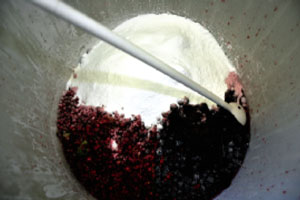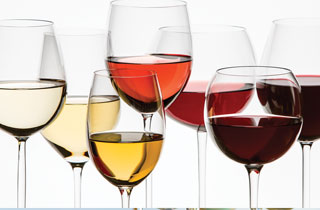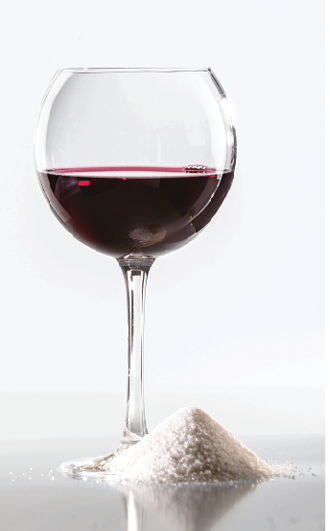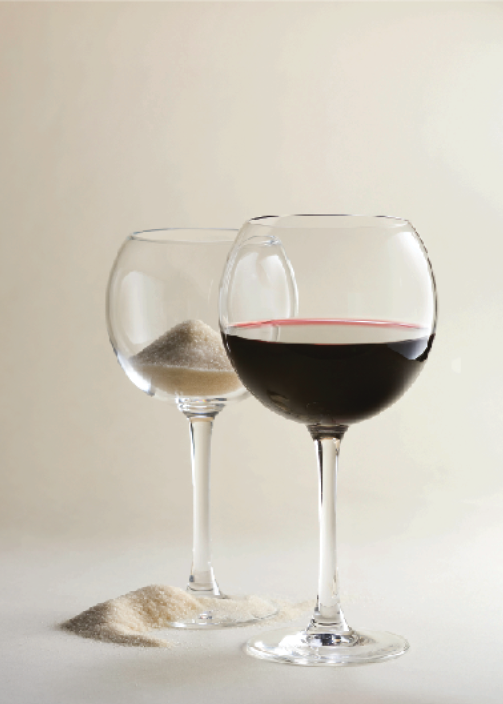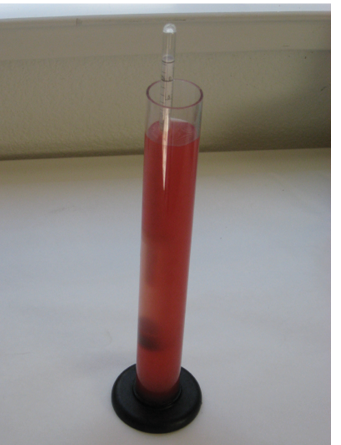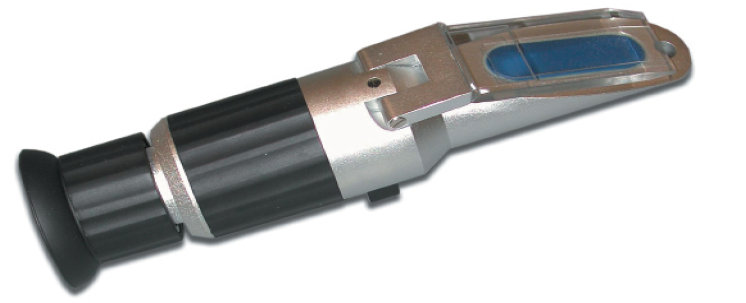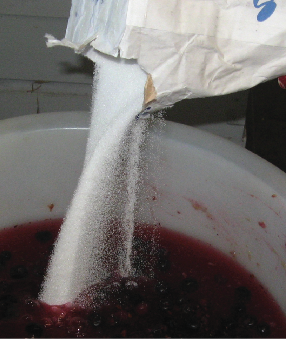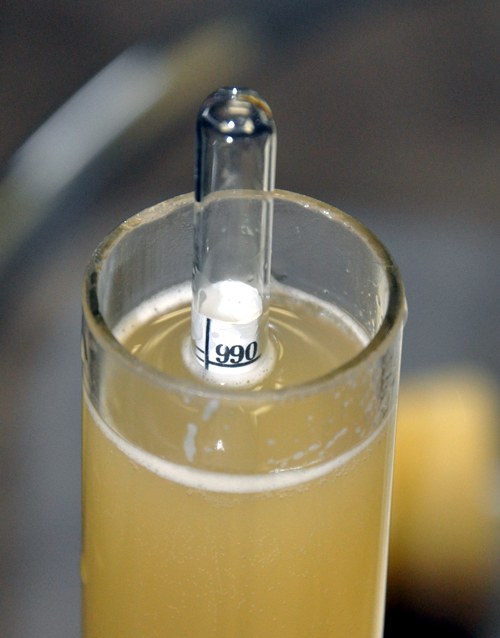Topic: Specific-Gravity
Strategies for a Chaptalization Mistake
It sounds like you’re doing a lot of things right, especially being that your grape wine has taken off, but your plum wine is just plum tuckered out. Seems like you’ve got
Chaptalization
Chaptalization is the act of adding sugar to juice or must in order to increase alcohol content post-fermentation. Learn the basics of this technique.
Judging Fermentation Completion
It certainly sounds like you are getting into the dryness zone. Specific gravity is the ratio of the density of a liquid in relation to the density of water, calibrated at a
Sugar Conversion Tables, Making Wine from Sugar Cane: Wine Wizard
Sugar solution I am fairly new to home winemaking having only made a few kits and three batches of Muscadine wine. I have been using Daniel Pambianchi’s book Techniques in Home Winemaking
Sugar Conversion Tables
For the WineMaker’s Answer Book I referenced the Table 1-2, Appendix 1, from Wine Analysis and Production, Zoecklein et al, 1995 for the Specific Gravity to Brix tables. Note that this conversion
Back Sweetening Wine Techniques
In ancient Greece and Rome, honey was sometimes stirred into wine just before serving. Maybe they just liked the taste of honey. More likely, though, the sweetness of the honey corrected some
Adding Sugar to your Wine
Step 1: Measuring What You Have The first step in figuring out how much sugar to add is to find out how much is present in the starting material/juice. These days, most
Using a Hydrometer
Learn the basics of how and when to use a hydrometer in your winemaking process.
Sugar and Acid Wine Adjustments
We’d all love to make wine from the perfect grapes picked with ideal sugars, acidity, and pH. Unfortunately, often due to reasons beyond our control, that is not always how grapes arrive at the home winery. In that case, the winemaker has a number of decisions that must be made.
Understanding Brix Readings
One of the most important measurements a winemaker must stay on top of from the time grapes begin to mature in the vineyard through the end of fermentation is degrees Brix. Brix,
Testing for Dryness, Empty Airlock: Wine Wizard
Testing troubles I’ve been frustrated with the use of Clinitest tablets for measuring the end point or final dryness in my homemade wine and have been wondering and reading about the use
How Sweet It Is: Chaptalization
Chaptalization — the practice of adding sugar prior to fermentation — has numerous benefits to wines with low sugar content. Chief among those is increasing the potential alcohol of the resulting wine, which can impact mouthfeel, help protect against spoilage, and more.
Measuring Residual Sugar
You are interested in your friend’s opinion on your most recent vintage — most likely a wine you have assessed to be your best ever. You meticulously withdraw a sample and pour
I am getting different gravity readings in my just-crushed juice from samples taken from the top and bottom of the vessel. What’s going on and is there a proper place to take these readings?
Your question is a valid one — one that many winemakers before you have wondered about. As you have discovered, where you take a sample from in a tank can give you
How do I allow for suspended solids when taking hydrometer readings?
You’ve hit the nail on he head — a hydrometer reading does depend on the amount of suspended solids in the juice that you’re measuring. As sugar is more dense than water,
Your Home Wine Lab
Sooner or later, most serious winemakers conclude that it isn’t good enough to simply follow a recipe blindly. That’s a bit too much like painting-by-numbers. The expression of one’s own skill and
